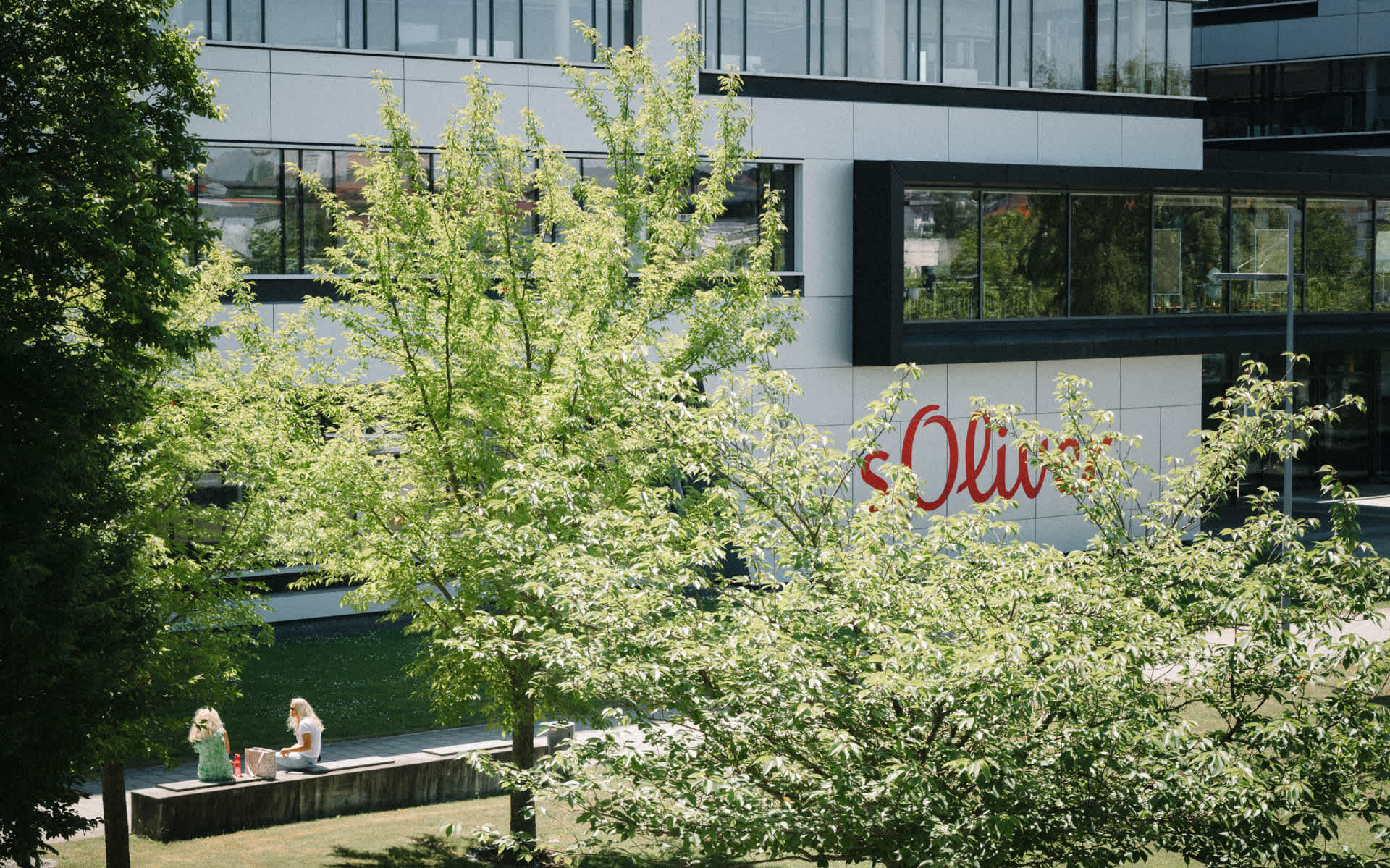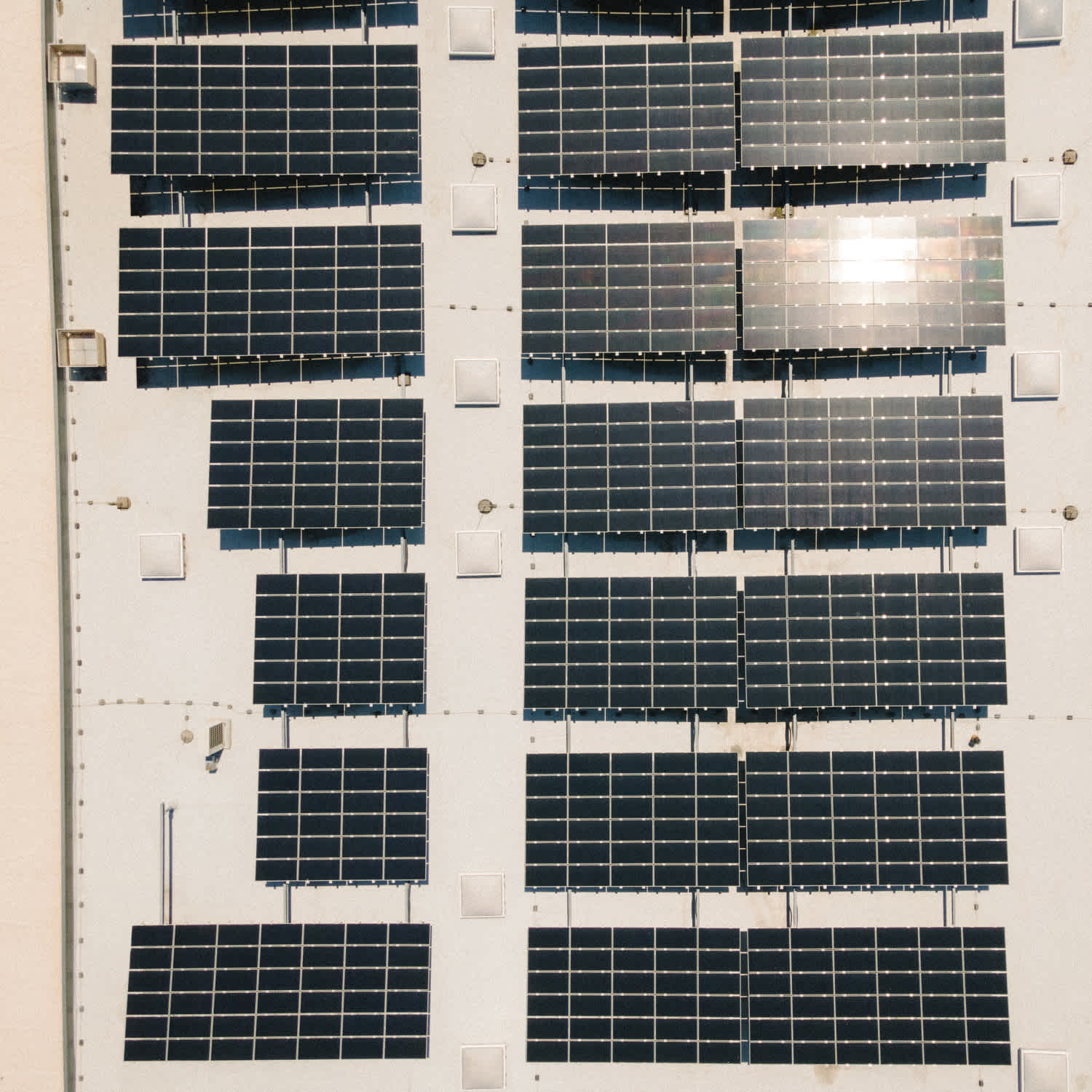Our Responsibility towards Nature and the Environment

Humans are still consuming resources faster than the planet’s ecosystems can regenerate them. Today, the textile industry plays a significant role in the consumption of resources and environmental pollution. It is for this reason that we are choosing to face the challenges of today and tomorrow to make the lives of future generations worth living. We have defined measures to reduce negative environmental impacts and conserve resources. We have also established a water and chemicals management system.

Our Contribution to Mitigating Climate Change
Global warming has drastic implications for our planet. Extreme heat and rising sea levels have far-reaching negative consequences for our ecosystems and both humans and animals. In the Paris Agreement (only DE), participating nations set the themselves the goal of limiting global warming to well below 2, ideally to 1.5 degrees Celsius, compared to pre-industrial levels.
How We Protect Our Resources
Responsible chemical and water management go hand in hand at the S.OLIVER GROUP. Certain production processes, such as dyeing fabrics, require the use of chemicals. To ensure that no harmful substances make it down the drain and into lakes and waterways, we use a reliable chemical management system. We make sure that certain substances are not used during production and are not found in our end products. This not only helps the environment, it also contributes to workplace safety and ensures safe end products that our customers can wear without any concerns.

Great packaging is essential for the efficient and damage-free transportation of our products. However, packaging often ends up where it doesn’t belong: in the ocean, rivers, landscapes, or on the streets. Additionally, the production of packaging consumes resources. Therefore, the proper use and handling of packaging are crucial focal points in our sustainability program.
By using lighter shipping cartons and very lightweight shipping bags, we have already reduced the amount of paper used for transportation in online commerce. Furthermore, we are conserving valuable resources by steadily increasing the proportion of recycled paper in our carrier bags.